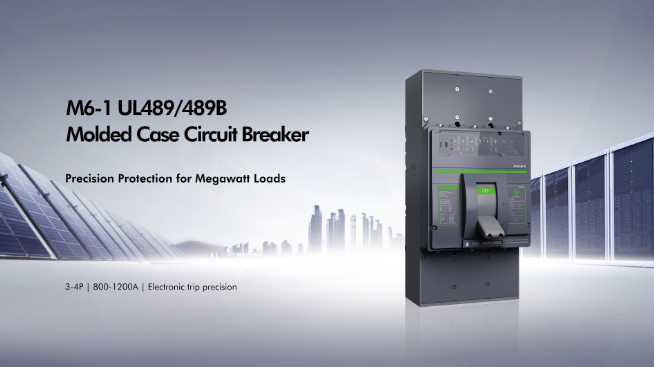Overvoltage can occur due to many reasons. These include lightning strikes and switching on/off large electrical loads. This can cause problems like busted electronics or fires if the safety gear fails. A surge protective device, also called an SPD, is extremely useful when it comes to this. It adds important protection from high-voltage power spikes that regular circuit breakers can’t handle. By shunting excess energy to the ground, SPDs aim to keep sensitive electronics safe from the dangers of overvoltage.
SPD: Components and Working Principle
A surge protective device has several key components. These include:
Metal Oxide Varistors (MOVs): These are ceramic-based components that change their resistance depending on the voltage applied to them. When the applied voltage increases, the resistance lowers.
Fuses: Fuses protect MOVs from excessive current during a surge.
Indicator Lights: These show the real-time status of the surge protective device working conditions.
The working principle of a surge protective device is straightforward. When a surge enters through the power lines, the MOVs immediately lower their resistance and thus raise their conductivity levels. In this way, they shunt most of the current to the earth’s ground before it reaches protected devices downstream. The diverted surge is harmlessly reduced before equipment is exposed to high voltage or current spikes.
Understanding the different types of surge protective devices is key to selecting the most suitable protection for various system needs. Three main types include:
Type 1 SPD
Type 1 SPDs are intended to protect electrical devices against direct lightning stroke. They should pass IEC 61643-11 Class I tests and are tested using 10/350 µs current waves.
Type 2 SPD
When lightning strikes near the overhead power lines, it generates an electromagnetic field and causes a voltage surge. Type 2 SPDs are intended to protect electrical installations against such indirect lightning strokes. Type 2 SPD units should pass IEC 61643-11 Class II tests and are tested using 8/20 µs current waves.
Type 3 SPD
Types 3 SPDs have a lower discharge capacity. They are intended to provide further protection for electrical installations, especially sensitive loads. Type 3 units should pass IEC 61643-11 Class III tests and should be tested using 1.2/50 µs voltage waves and 8/20 µs current waves.
Cautions When Installing SPD
Proper installation is crucial for SPDs to provide effective surge protection. Cautions when installing a surge protective device include:
- The SPD must be installed in parallel directly before circuits or devices to allow the diversion of surge current around sensitive equipment.
- Connection wire lengths for the SPD in the switchboard should not exceed 0.5 meters.
- Relying on a Type 1 surge protector alone may be insufficient for effectively discharging high-energy currents and limiting overvoltages. Adding a Type 2 or Type 3 surge protector is recommended.
- All installation work must be performed by certified electricians in compliance with local electrical codes to ensure proper grounding and unit mounting.
Conclusion
In summary, a surge protective device plays an important protective role for electronics across various industrial and commercial applications. By installing the properly rated and certified SPD, equipment owners gain a robust defense against power anomalies outside of standard circuit breaker capabilities. At CHINT, we design and manufacture reliable SPD solutions for almost any installation need. Visit our website to learn more about our company and browse our full offerings of surge protection products.
If you have any questions or need further assistance, don't hesitate to reach out to us.




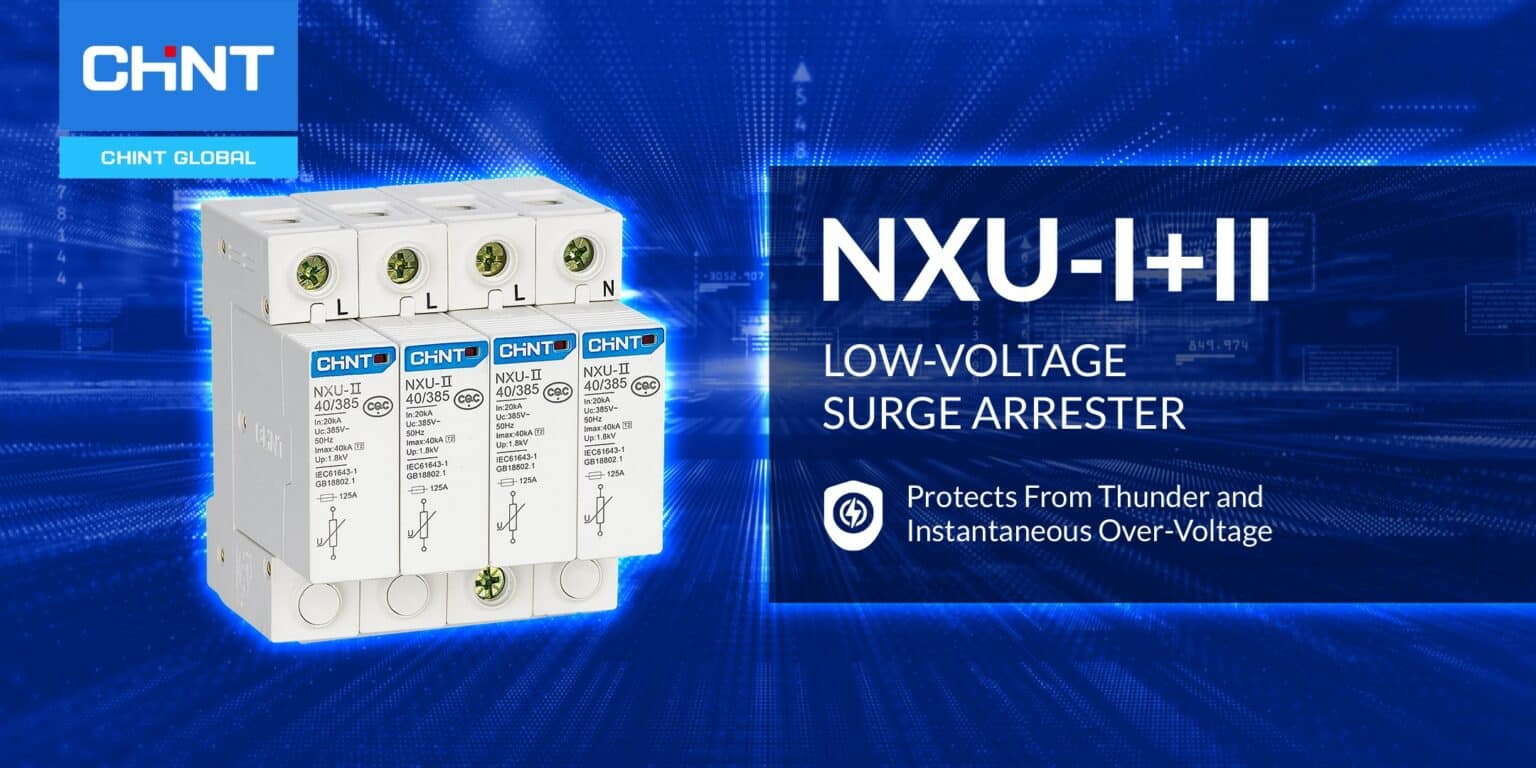
-20240712-2.webp)

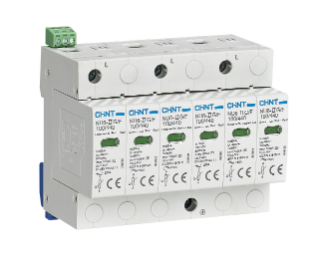

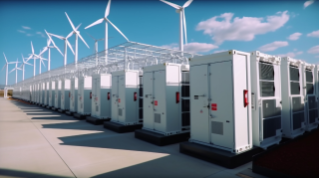
.jpeg)
.jpeg)
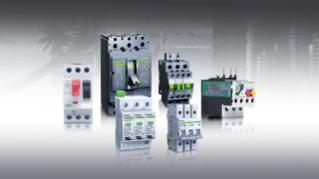
.png)
.png)
.png)
